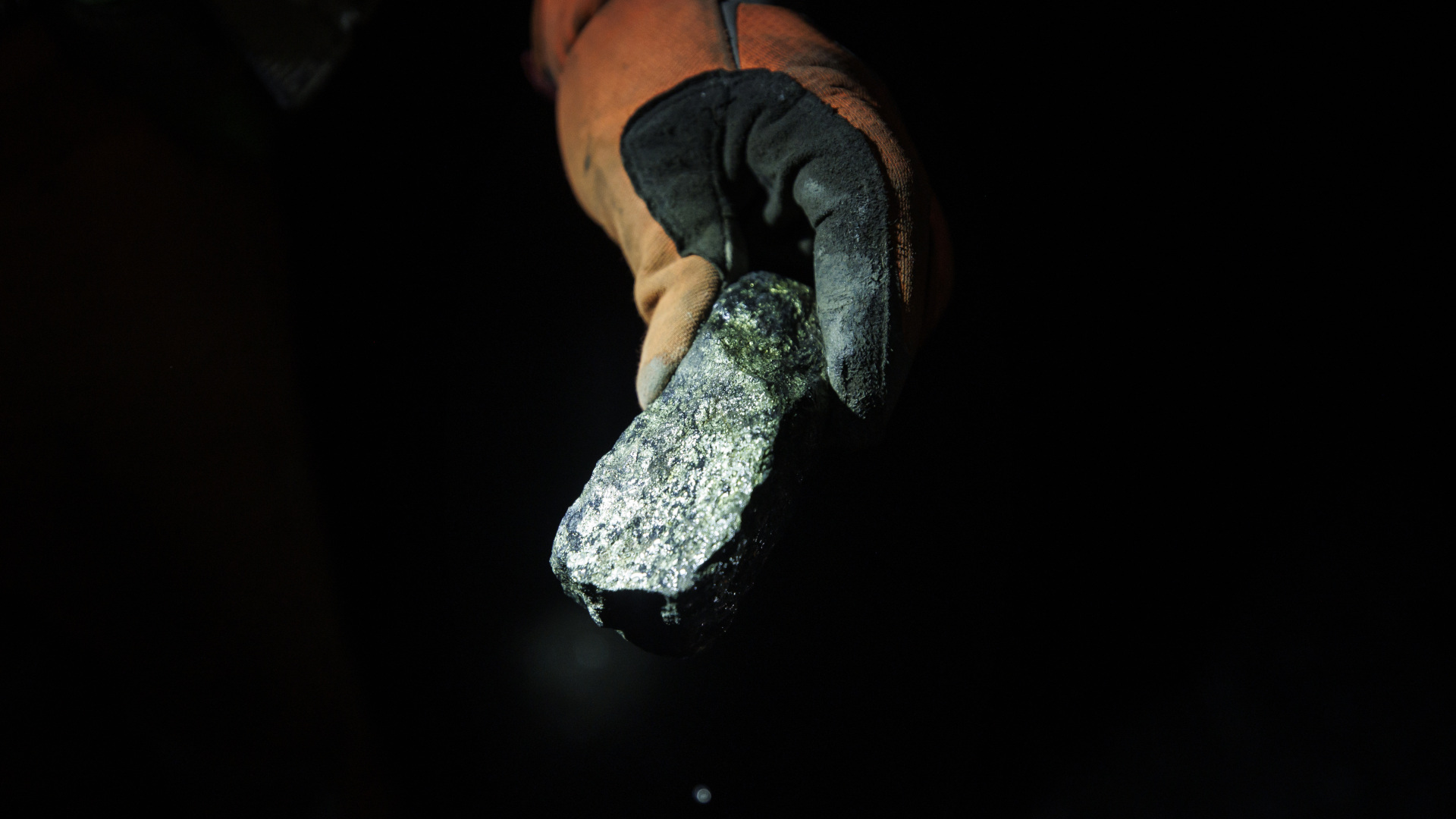
Inside M4 chips: P cores hosting a VM
One common but atypical situation for any M-series chip is running a macOS virtual machine. This article explores how virtual CPU cores are handled on physical cores of an M4 Pro host, and provides further insight into their management, and thread mobility across P core clusters.
Unless otherwise stated, all results here are obtained from a macOS 15.1 Sequoia VM in my free virtualiser Viable, with that VM allocated 5 virtual cores and 16 GB of memory, on a Mac mini M4 Pro running macOS Sequoia 15.1 with 48 GB of memory, 10 P and 4 E cores.
All virtualised threads are treated by the host as if they are running at high Quality of Service (QoS), so are preferentially allocated to P cores, even though their original thread may be running at the lowest QoS. This has the side-effect of running virtual background processes considerably quicker than real background threads on the host.
In this case, the VM was given 5 virtual cores so they could all run in a single P cluster on the host. That doesn’t assign 5 physical cores to the VM, but runs VM threads up to a total of 500% active residency across all the P cores in the host. If the VM is assigned more virtual cores than are available in the host’s P cores, then some of its threads will spill over and be run on host E cores, but at the high frequency typical of host threads with high QoS.
















